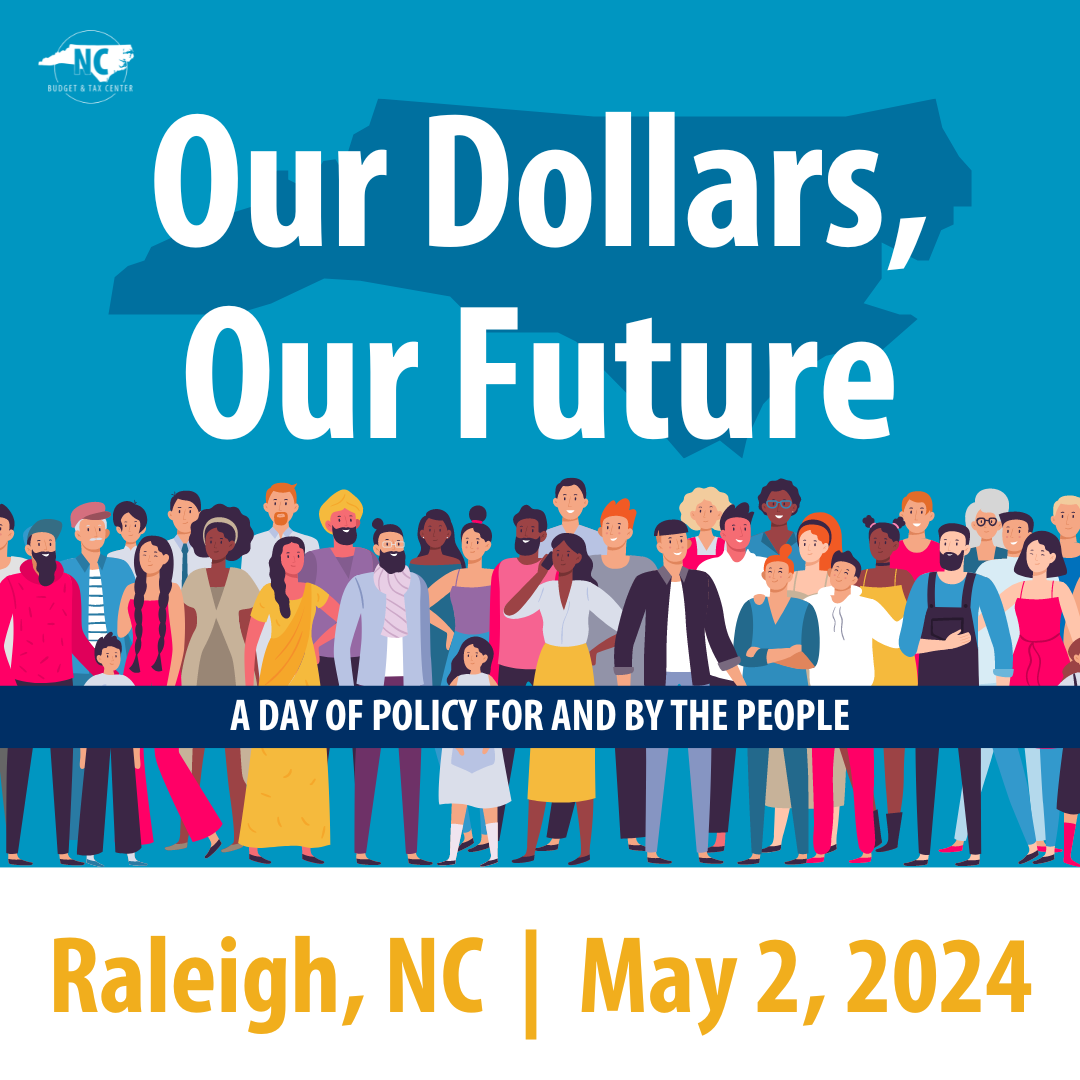
Principles in Action: How to get the most out of American Rescue Plan funds in your community
Local governments across North Carolina are making decisions about once-in-a-generation funds that likely will impact their communities for years to come, and there are some guidelines and great examples that can help your community right.
Local governments should keep in mind four key principles to ensure the American Rescue Plan (ARP) dollars do the maximum good in their communities.
- Get community input on needs and priorities.
- Prioritize marginalized community members.
- Advance transformative projects and strategic investments.
- Be transparent about what, when, and how decisions will be made.
Local governments across the state are beginning to receive the second half of their State and Local Fiscal Recovery Funds, a flexible source of funding from the federal American Rescue Plan Act. These federal dollars — totaling $350 billion for all state, territorial, tribal, and local governments — represent the largest infusion of public dollars into every community in the nation in a generation. These dollars will go far to address community-specific needs, although more can be done to ensure that community input is equitably sought and included in the decision-making and that communities disproportionately impacted by the pandemic or previously left out of relief funding are prioritized.
State and local governments in North Carolina were allocated a total of $8.9 billion in these flexible funds (officially known as the State and Local Fiscal Recovery Funds) with a total of $5.4 billion going to the General Assembly to allocate on behalf of state government, $2 billion going to all 100 counties, $705 million going to more than 500 small towns, and $668 million going to 26 metropolitan areas in the state. Although the state’s General Assembly has allocated all or nearly all of its funds, without any process for public input, much funding still remains to be allocated on the part of local governments. State and local governments have until the end of 2024 to allocate their ARP dollars to the needs they identify and a 2026 deadline to spend the funds.
If you’re looking to get the most out of ARP funds in your community, here are some great examples of communities that have put the four key principles in action.
Get community input on needs and priorities
- The City of High Point held in-person meetings on two evenings in November 2021 and did outreach to notify organizational stakeholders via email as well as outreach on social media. The two meetings each had between 18 and 15 attendees, and the meetings also were livestreamed on YouTube. In addition to the meetings, the city used an online survey, available in English and Spanish, and received 137 responses. The meetings and survey responses were summarized and published in a report available on the city’s website.
- The City of Charlotte sought input from community members and stakeholders in a variety of ways, including through stakeholder interviews and surveys, listening sessions, a public survey on budget development, and the engagement of existing task forces already assigned to seek community input on a specific topics such as workforce issues to inform the city’s spending framework.
- The City of Fayetteville continues to allow input to their community needs surveys, which are available online in English and Spanish and are tailored to both individual respondents and businesses. The surveys seek to help the city understand how the COVID-19 pandemic has affected households and the local economy, which will help guide the city in using the local funds to address the identified challenges.
Prioritize marginalized community members
- In New Hanover County, a program to expand broadband connectivity has targeted internet access to households with children who qualify for Medicaid and food stamps for two years; it will ensure that students and families have affordable and reliable high-speed internet.
- The City of Asheville advanced a proposal from the local housing authority to build new affordable mixed-income housing units that will serve families with between 10 percent and 80 percent of Area Median Income (AMI). Additional funding was provided to support an existing emergency shelter for domestic violence survivors and to fund a non-congregate emergency homeless shelter.
- Forsyth County commissioners adopted a goal to allocate 80 percent of their total ARP funds to disproportionately impacted communities, in particular by prioritizing Qualified Census Tracts. While the data to assess that goal are not yet available, the county’s website indicates that a dashboard will summarize the funded applications to assess this goal.
Advance transformative projects and strategic investments
- Some local governments are working in partnership with private and philanthropic organizations to match private grant dollars with local ARP dollars. For example, Jackson County is using ARP funds to match other funding support for the construction of a domestic violence shelter and homeless shelter.
- Robeson County partnered with the Lumber River United Way to review and provide small grants for non-profit organizations that experienced lost revenue and/or increased expenses due to COVID-19. Among the requirements for funding were that a non-profit provide services to priority populations, including low-income residents, minorities, disconnected youth, people experiencing unemployment, formerly incarcerated people, veterans, LGBTQ-identified people, and people with disabilities.
- Mecklenburg County approached decisions about local ARP allocations by first preparing a Strategic Recovery Plan. To inform the five-year plan, the county completed an environmental scan through public engagement, an internal review through county staff engagement, and nationwide research. From this, the county identified five priority areas with specific goals, strategies, and actions that align with recommendations made by the Recovery and Renewal Task Force.
Be transparent about what, when, and how decisions will be made
- The City of Asheville has a detailed timeline for its ARP process, which is updated with resources and ways to livestream and view recorded events. In addition, the criteria for how decisions will be made is publicly available along with the eligible funding categories and the city staff’s evaluation scores for proposals from nonprofits to date.
- Buncombe County has a user-friendly and up-to-date website that includes information about the funding available, allocated, and spent, as well as the project names and funding information about allocations made to nonprofit and governmental agencies.
- The City of Greensboro has a straightforward website that includes information about its progress on spending local ARP dollars, including the city’s priorities within the permitted federal uses, and a spending simulator that lets residents submit a spending recommendation. Additionally, the city made clear what evaluation criteria would be used to assess the project proposals by using a simple red, yellow, and green visualization across key measures, including the equity, sustainability, and transformative nature of each project.



